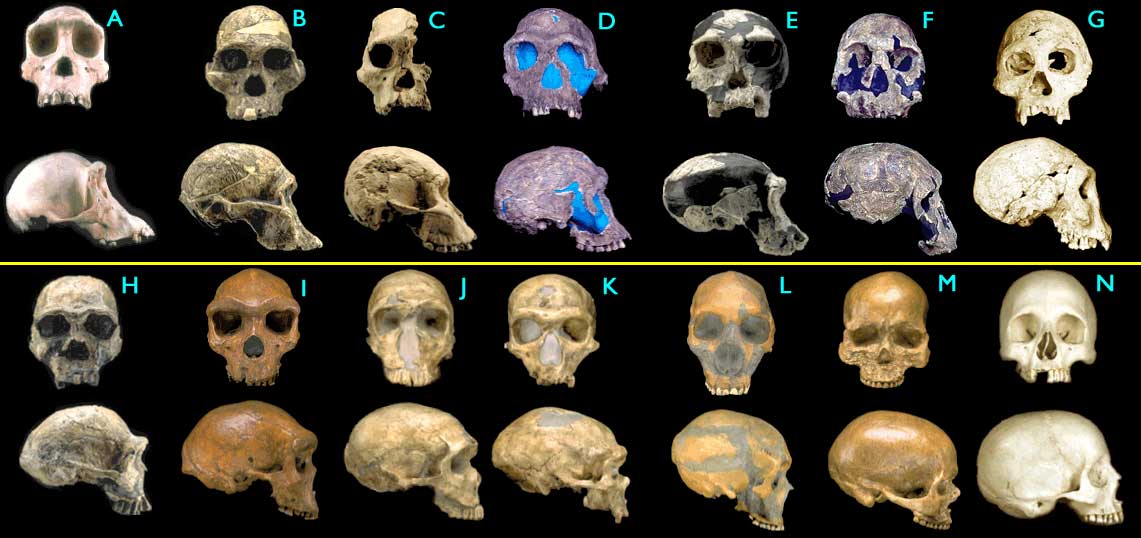That's not what you said, what you said was
That's the same thing. 35 subsititions plus 5 million indels.
The facts directly contradict your statement:
On the basis of this analysis, we estimate that the human and chimpanzee genomes each contain 40–45 Mb of species-specific euchromatic sequence, and the indel differences between the genomes thus total ~90 Mb. This difference corresponds to ~3% of both genomes and dwarfs the 1.23% difference resulting from nucleotide substitutions. (Initial Sequence of the Chimpanzee Genome, Nature 2005)
It doesn't contradict the fact that there are 35 million substitutions and 5 million indels. For the purposes of the mutation rate, 1 indel counts as 1 mutation. A 10 base indel does not count as 10 mutations.
What are you not understanding about this?
Never mind the fact that they have to be permanently fixed throughout the entire population, some of these mutations would be over a million base pairs long. The consequences would be disastrous.
Why would they be disastrous?
No, the divergence triples.
There are not 3 times as many indels as substitutions. Indels are 1/6th as numerous as substititions.
Again, a 10 base indel counts as 1 mutation, not 10. Why can't you understand this?
When the divergence per nucleotide is 1.33% is high due to the multiplicative effects on fitness it is at least three times more devastating when three times as much DNA is involved.
That makes zero sense. A 1 base indel could be much worse than a 3 base indel. A substitution mutation resulting in a stop codon could be much more disastrous than a 6 base indel. A million base indel in junk DNA could be much less detrimental than a non-synonymous substitution mutation in a functional gene.
You are just making stuff up.
This is what it says:
We observed a total of 199 differences between the human and chimpanzee sequences: 131 transitions (66%), 52 transversions (26%), and 16 insertion-deletion variants (8%). Insertion-deletion variants were less than one-tenth as common as nucleotide substitutions and consisted of changes of 1 bp (8 mutations), 2 bp (5 mutations), 3 bp (1 mutation), and 4 bp (2 mutations). Thus, 15/16 of these insertion-deletion variants would have resulted in frameshift mutations in coding regions. (Estimate of the Mutation Rate per Nucleotide in Humans Genetics 2000)Notice 15/16 insertion-deletions would have resulted in frameshifts. Something you think can't happen because you always assume substitutions with beneficial effects. The longest in this study is 3bp with all but one creating a frameshift. Just can't wrap your mind around deleterious effects can you?
First, how do indels in non-coding DNA cause frame shifts?
Second, they list the NUMBER of indels as part of their mutation rate, not the total number of bases changed. Did you notice that?
Never said they were, put down the club and step away from the strawman.
YOU DID SAY THAT!!!!!!!!!!!!!!!
You are using the total number of BASES changed in the mutation rate. THIS IS WRONG!!!!!!!!!
You aren't counting each indel as a single mutation. You are citing the total number of BASES that differ between the genomes instead of the number of mutations.
Upvote
0


